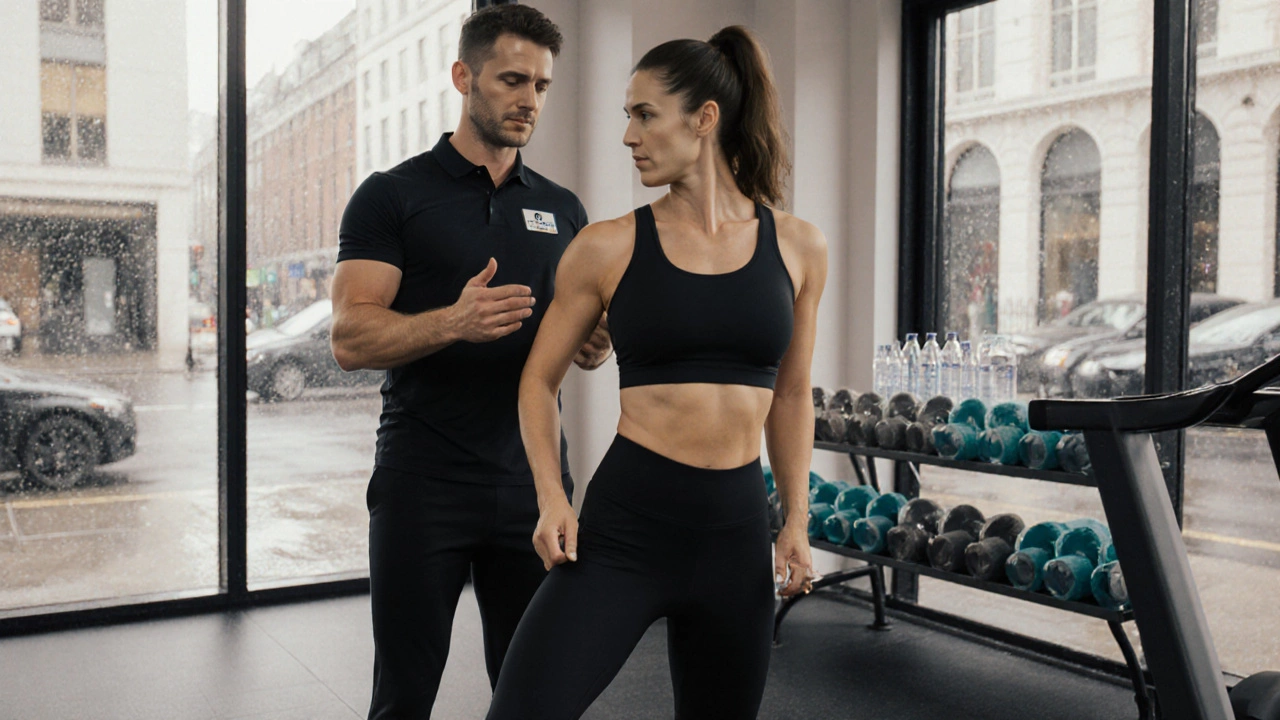Workout Performance: Simple Steps to See Real Gains
Ever feel like you’re putting in the effort but not getting the payoff? You’re not alone. Most people hit a plateau because they miss a few key habits that keep the body improving. Below are easy‑to‑apply tips that change the game without needing fancy equipment or endless hours in the gym.
Master Your Warm‑Up and Cool‑Down
A solid warm‑up primes the muscles, raises heart rate, and reduces injury risk. Spend just five minutes on dynamic moves—leg swings, arm circles, light jogs. That’s enough to get blood flowing and the nervous system ready. After the main workout, cool down with static stretches for the muscles you just used. This helps flush out metabolic waste and speeds recovery, so you can train harder next session.
Focus on Quality Over Quantity
It’s tempting to add more reps or longer cardio sessions, but form matters most. When you lift, keep the spine neutral, engage the core, and move through a full range of motion. For cardio, try interval bursts—30 seconds fast, 60 seconds easy—instead of a steady 60‑minute grind. These tweaks boost oxygen use, improve VO2 max, and burn more calories in less time.
Nutrition also plays a big role. Aim for a balanced plate with protein, carbs, and healthy fats within two hours of training. A protein shake or a handful of nuts can kick‑start muscle repair. Hydration is often overlooked; drinking water before, during, and after a workout keeps performance steady.
Sleep isn’t optional. Seven to nine hours a night gives the body time to synthesize hormones that build muscle and burn fat. If you’re short on sleep, short power naps (15‑20 minutes) can give a quick mental boost for that afternoon session.
Now, let’s look at a few of our most popular posts that dive deeper into specific performance topics:
- Which Exercise Is Most Anti‑Aging in 2025? – compares HIIT, strength, and walking for longevity.
- What Cardio Burns the Most Fat? – evidence‑backed guide to picking the right cardio for weight loss.
- Does Lifting Weights Burn Belly Fat? – clears up the myth of spot reduction.
- How Long Does Yoga Take to Work? – realistic timeline for flexibility and strength gains.
These articles give you detailed plans, weekly charts, and checklists you can copy straight into your routine. Pick the one that matches your goal, follow the suggested schedule, and track progress with a simple journal or a fitness tracker.
Finally, remember that consistency beats intensity for most people. Show up, do the right moves, recover properly, and you’ll notice better stamina, stronger muscles, and faster fat loss. Keep experimenting with small changes, and soon you’ll see your workout performance climb higher than you thought possible.

Can I Wear Leggings to Personal Training? What You Need to Know
Maeve Larkspur Sep 26 0Find out if leggings are acceptable for personal training sessions, how they affect performance, and the best dress‑code tips for a comfortable workout.
More Detail